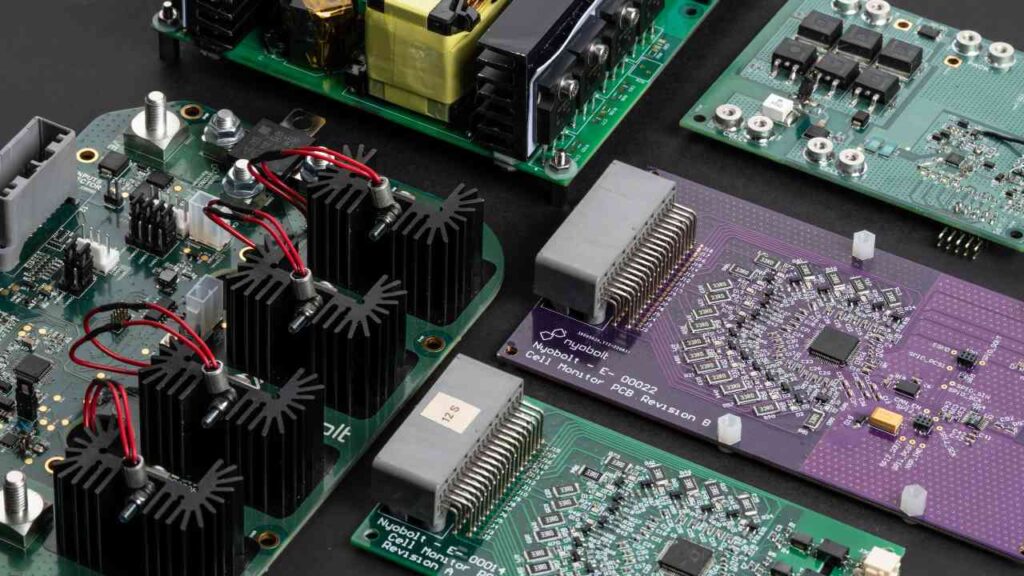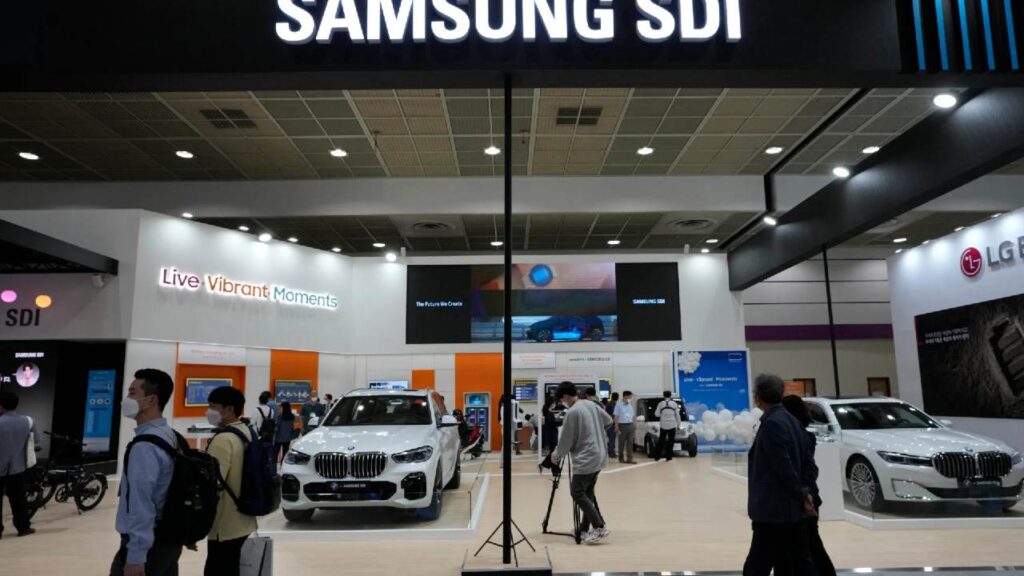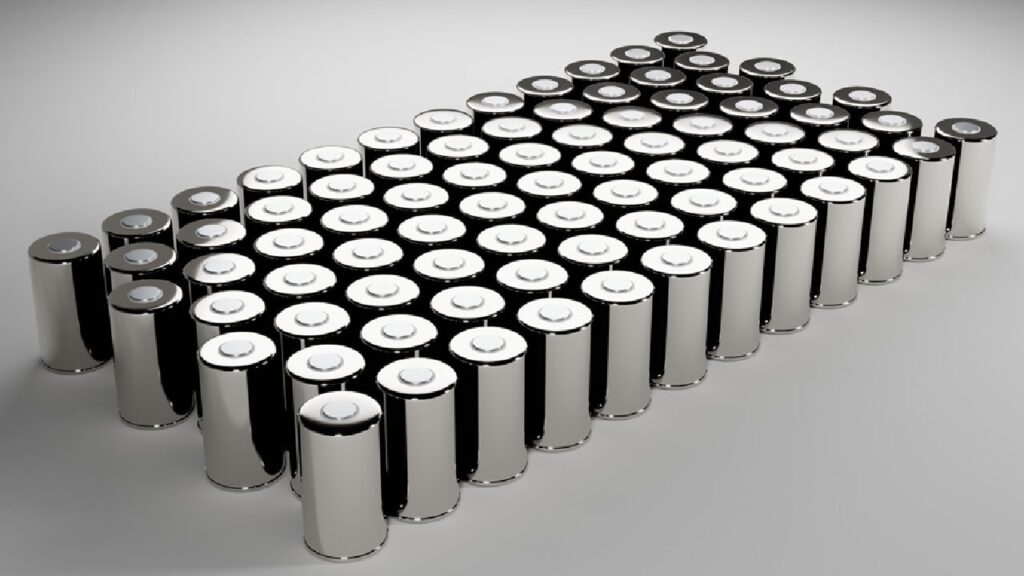The two companies have signed an agreement toward the supply of cylindrical automotive Li-ion batteries.
Mazda and Panasonic Energy entered into an agreement to supply EV batteries consisting of cylindrical cells. In June 2023, the two companies commenced discussions toward building a medium-to-long-term partnership for the supply of cylindrical automotive lithium-ion batteries. More details about the exact route they will adopt, timeframe, investment, etc., will be announced later. For now, let us take a look at the salient features of cylindrical cells in EV batteries.

You might also like: Top 3 Potential Alternatives To Lithium-Ion Batteries For EVs
Cylindrical Cells in EV Batteries
There are primarily three types of cells which find application in the automotive world – Prismatic, Cylindrical and Pouch. In recent years, the former two have found the widest application.
Prismatic Cell
A prismatic cell refers to a cell with its chemistry contained within a rigid casing. Its rectangular shape allows for efficient stacking of multiple units in a battery module. Prismatic cells come in two types – those with electrode sheets (anode, separator, cathode) stacked within the casing, and those with the electrode sheets rolled and flattened. In terms of performance, stacked prismatic cells, for the same volume, can release more energy at once, providing superior performance.
On the other hand, flattened prismatic cells contain more energy, offering increased durability. Primarily utilized in energy storage systems and electric vehicles, prismatic cells are less suitable for smaller devices like e-bikes and cellphones due to their larger size. Hence, they are better suited for applications requiring higher energy consumption.

You might also like: Lithium-Sulphur Batteries For EVs Promise 5-Min Charging Time
Cylindrical Cell
A cylindrical cell refers to a cell enclosed within a rigid cylinder casing. These cells are characterized by their small, round shape, allowing them to be stacked in devices of varying sizes. Unlike other battery formats, the cylindrical shape of these cells prevents swelling, a phenomenon where gases accumulate within the casing.
Initially, cylindrical cells found application in laptops, typically comprising between three and nine cells. Their popularity surged when Tesla incorporated them into its earliest electric vehicles, such as the Roadster and the Model S, which housed between 6,000 and 9,000 cells. The famed 4680 is a type of cylindrical battery.

You might also like: New CATL Batteries To Retain 80% Capacity After 12 Years
Learn Electric Cars Says
While it is difficult to set a standard in the diversified electric mobility industry just yet, it looks like the cylindrical and prismatic cells could be the long-term solutions. In fact, more battery companies are increasingly exploring the advantages associated with cylindrical cells lately. In addition to Panasonic, even the Korean battery giant, LG Energy Solution is working on 4680 cells and the production will commence at its Ochang plant in South Korea in August 2024. Even though it might be too early to call, the cylindrical cells in EV batteries seem to be winning the race at the moment.


Pingback: StoreDot and Polestar Get 10-Min Charging w/ Si-Dominant Cells
Pingback: จำหน่ายอะไหล่อุตสาหกรรม
Pingback: Sylfirm
Pingback: โคมไฟ
Pingback: จอ led ขนาดใหญ่
Pingback: รถโฟล์คลิฟท์
Pingback: pk789
Pingback: link
Pingback: Sbo คืออะไร ?
Pingback: 789bet
Pingback: พีจีสล็อต ค่ายเกมดังแจกหนัก
Pingback: PGSLOT ค่ายเกมดังลิขสิทธิ์แท้ โบนัสแตกโหด
Pingback: pink lost mary
Pingback: ปั่นสล็อต ทุนน้อย โบนัสแตกหนัก ได้เงินจริง
Pingback: เว็บสล็อต แจ็คพอตแตกง่าย เดิมพันได้กำไรทุกเวลา
Pingback: altogel
Pingback: essentials
Pingback: kc9
Pingback: https://rosangelarubbo.com.br/2025/03/02/exploring-the-dynamic-world-of-pocket-option-a/
Pingback: FORTUNE DRAGON
Pingback: pc build online hyderabad
Pingback: ติดเน็ตบ้าน เอไอเอส
Pingback: south african transkei mushroom
Pingback: fortune tiger 3
Pingback: vps forex
Pingback: https://jamminjars.com.de/